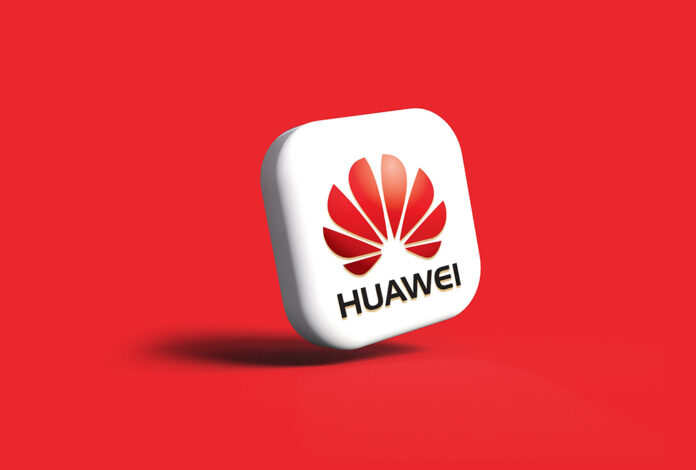Huawei has been silent on the source of the microchips used in its new top-of-the-range Mate 60 series of smartphones, including the Kirin 9000S, the main processing unit and the 5G chips that enable high-speed mobile network connectivity.
As a result, speculation abounds about the timing of the release, which coincided with U.S. Secretary of Commerce Gina Raimondo’s recent visit to Beijing and was seen from some angles as a provocative challenge.
Moreover, there are questions about the extent to which the widespread sanctions against China’s semiconductor industry imposed since last October are effective at curbing the development of its capabilities.
Indigenous Production
The Kirin 9000S is a 7-nanometre chip designed by Huawei subsidiary HiSilicon and manufactured by Shanghai-based foundry SMIC. Its design displays considerable levels of innovation.
Much of its architecture is licensed from Arm, a Japanese-owned U.K. firm with subsidiaries in France. These firms are not subject to direct control by the U.S. government and thus form a remaining loophole in the structure of U.S. sanctions.
The chip also contains graphics processing unit architectures custom designed by HiSilicon, demonstrating a high level of sophistication.
One technical analysis suggests the chip is on a par with leading designs from Western competitors such as Qualcomm from 2021, but achieving this without access to the most advanced manufacturing technologies and cutting-edge U.S. intellectual property suggests that Chinese capabilities in the chip design area have indeed grown more rapidly than Washington may have expected.
However, it is one thing to design a chip and another to manufacture it at scale and acceptable cost. The fact that this chip is now available in consumer-oriented devices suggests that SMIC has developed a way to do so.
The progress is a product of the significant subsidies that the Chinese government continues to invest in its semiconductor sector, of which both Huawei and SMIC are beneficiaries. SMIC received CNY2bn (USD274mn) in subsidies in 2022 alone. The Chinese government is reportedly planning a further CNY300bn round of investment in the sector.
Moreover, until September, SMIC still had access to relatively advanced manufacturing equipment from the Dutch business ASML, a near-monopolist in this field. SMIC had shown in 2020 that it could use this last-generation machinery to produce 7-nanometre chips.
A significant unknown about this process is its yield. The industry average is 90% per silicon wafer, whereas several analysts estimate SMIC’s 7-nanometre process results in a rate below 50%. This implies that SMIC’s chip supply to Huawei will be less plentiful and more expensive than competing manufacturers.
Furthermore, as Dutch export controls take effect, SMIC’s access to further machinery, spare parts and maintenance will become more difficult.
Inevitable Progress?
A furious debate has ensued about the effect of the semiconductor sanctions against China. Critics argue that they will do little but inflict unnecessary economic and political damage to Western firms and stimulate China to become self-sufficient as quickly as possible.
These claims need to be qualified. The Mate 60 Pro demonstrates that Huawei and SMIC have been able to make incremental progress, but this has come at a hefty economic cost and merely delays the problem.
Apple’s new iPhone 15 Pro series is slated to have 3-nanometre chips, and the arrival of 2-nanometre chips at scale is expected within the next year and a half. Therefore, the Kirin 9000S may not be the herald of a Chinese semiconductor industry defying the odds but a last-ditch effort to squeeze every last bit of potential out of legacy technologies.
The likelihood that SMIC will progress beyond 7 nanometres without access to—if nothing else—ASML’s extreme ultraviolet lithography machines is near-zero, realizing the U.S. goal of putting a ceiling on China’s semiconductor development capabilities.
It is physically possible to produce 7-nanometre chips—albeit at lower levels of efficiency and yield—with older-generation deep ultraviolet lithography machinery, but these tools are too crude to go beyond that level.
Moreover, innovation in lithography machines will continue. Thus far, this has involved thousands of upstream suppliers, many monopolists in their field, and billions in investment. These costs are amortized by including these chips in the millions of smart devices produced yearly. Those conditions are impossible to reproduce.
Meanwhile, even with technology good enough for specific applications (such as the Kirin 9000S), the sanctions impose high costs, requiring government spending that could have been devoted to other purposes.
Nonetheless, Western powers will be concerned. Even 14-nanometre chips are suitable for at least the current generation of artificial intelligence systems. In military applications, the reliability of older technologies is often favored over the raw performance of new and untested ones.
Re-Evaluating Sanctions
The latest developments strengthen the case for reviewing the effectiveness of the sanctions, their enforcement, and their impact on the broader semiconductor ecosystem.
Washington had to expend significant efforts to cajole Japan and the Netherlands into joining its sanctions regime, and neither has gone as far in its export control measures as the United States.
If the U.S. sanctions regime is porous and beneficial to U.S. companies, partners’ willingness to collaborate may waver, especially if a future U.S. administration publicly prioritizes U.S. companies’ interests.


